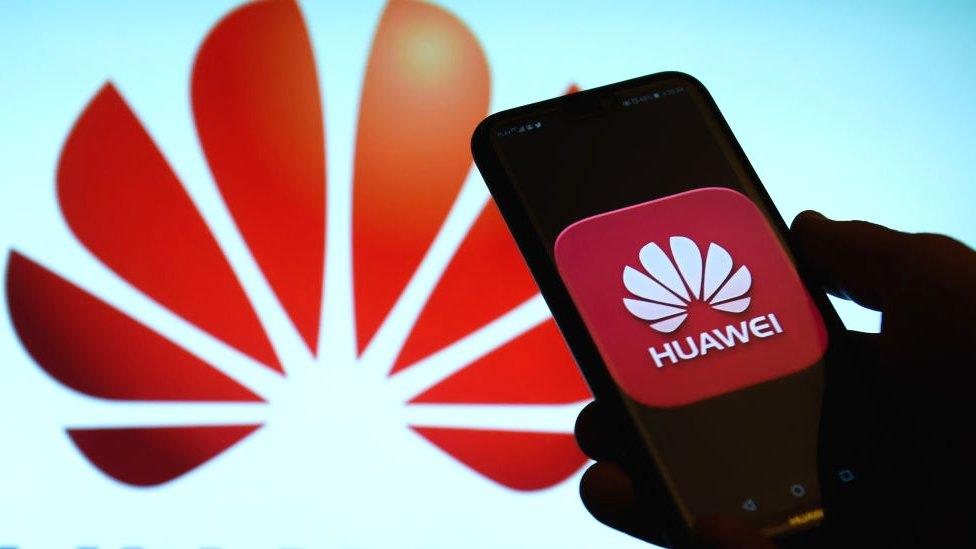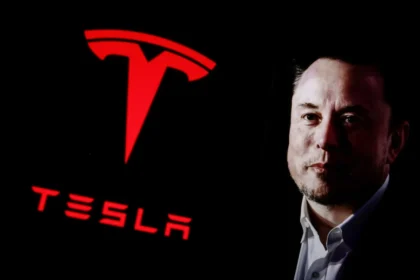Huawei just rolled out a new piece of AI infrastructure designed to supercharge its computing power, and, not so subtly, position itself as a rival to Nvidia.
At its Huawei Connect conference on Thursday, the Shenzhen-based tech giant announced SuperPoD Interconnect, a system that can link up to 15,000 graphics cards, including Huawei’s own Ascend AI chips. The goal: to create clusters powerful enough to handle massive AI training workloads.
If that sounds familiar, it is because it is going head-to-head with Nvidia’s NVLink, the high-speed interconnect that lets Nvidia GPUs talk to each other. Huawei’s chips are not as powerful as Nvidia’s on their own, but being able to stitch them together at scale could help level the playing field.
Related: China Bans Nvidia AI Chips, Shuts Out U.S. Giant From Market
And the timing is not accidental. Just a day earlier, China issued a ban on domestic tech firms buying Nvidia hardware, including the RTX Pro 600D servers Nvidia had tailored for the Chinese market. With Nvidia locked out, Huawei has a rare opening to become the go-to supplier for China’s booming AI industry.
The bigger question is whether Huawei’s clustered approach can really make up for the raw power gap between its Ascend chips and Nvidia’s GPUs. In a race where compute is everything, clustering may be Huawei’s best shot at keeping pace. AI dominance may no longer be about who makes the best chip, but who can scale their ecosystem fastest.





